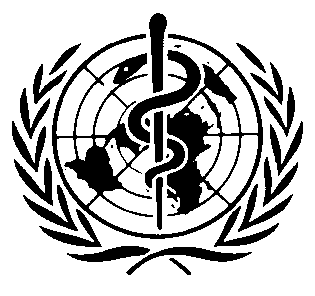International Chemical Safety Cards
| INDIUM TRICHLORIDE | ICSC: 1377 |




InCl3 Molecular mass: 221.2 CAS # 10025-82-8 RTECS # NL1400000 March 14, 2001 Peer reviewed |
| TYPES OF HAZARD/ EXPOSURE | ACUTE HAZARDS/ SYMPTOMS | PREVENTION |
FIRST AID/ FIRE FIGHTING |
| FIRE |
Not combustible.
|
|
In case of fire in the surroundings: all extinguishing agents allowed.
|
| EXPLOSION |
|
|
|
| EXPOSURE |
|
STRICT HYGIENE!
AVOID EXPOSURE OF (PREGNANT) WOMEN!
|
IN ALL CASES CONSULT A DOCTOR!
|
| •INHALATION |
Cough.
Sore throat.
Burning sensation.
Laboured breathing.
Shortness of breath.
Symptoms may be delayed (see Notes).
|
Local exhaust or breathing protection.
|
Fresh air, rest.
Half-upright position.
Refer for medical attention.
|
| •SKIN |
Redness.
Pain.
Skin burns.
Blisters.
|
Protective gloves.
Protective clothing.
|
Remove contaminated clothes.
Rinse and then wash skin with water and soap.
|
| •EYES |
Redness.
Pain.
Severe deep burns.
|
Safety goggles,
or eye protection in combination with breathing protection.
|
First rinse with plenty of water for several minutes (remove contact lenses if easily possible), then take to a doctor.
|
| •INGESTION |
Burning sensation.
Abdominal pain.
Nausea.
Vomiting.
Shock or collapse.
|
Do not eat, drink, or smoke during work.
Wash hands before eating.
|
Rinse mouth.
Do NOT induce vomiting.
Give plenty of water to drink.
Refer for medical attention.
|
| SPILLAGE DISPOSAL | STORAGE | PACKAGING & LABELLING | ||
|
Sweep spilled substance into covered containers.
Carefully collect remainder,
then remove to safe place.
Do NOT let this chemical enter the environment.
(Extra personal protection: P3 filter respirator for toxic particles.)
|
Separated from
strong acids.
Well closed.
|
R: S: |
||
| SEE IMPORTANT INFORMATION ON BACK | ||||
|
||||